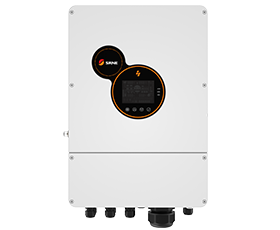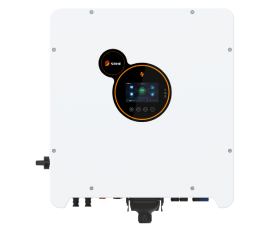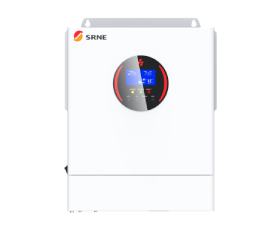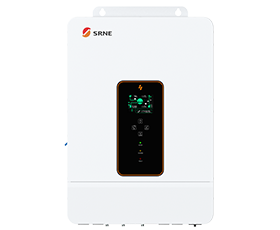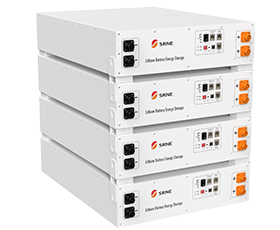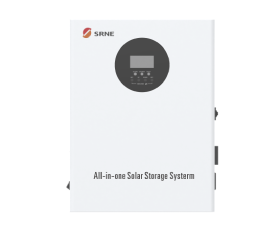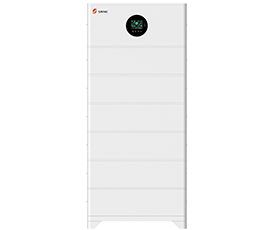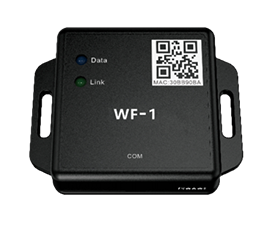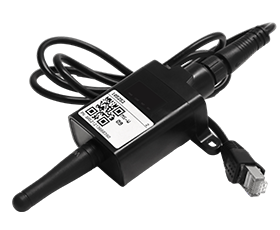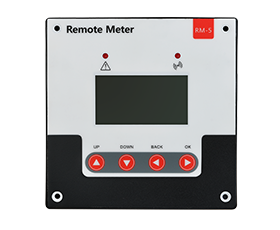Solar Water Pumps:How much do you know
From agriculture to the energy industry, pumps are found in a wide range of applications. The working principle of a water pump basically depends upon the positive displacement principle and kinetic energy which helps pushing the water.
A clean and reliable water supply is an essential need but a large number of people currently lack this basic provision. Solar water pump is a socially and environmentally attractive technology to supply water. Solar water pumps are often used in remote areas where the cost of running traditional AC-powered water pumping is cost-prohibitive, or you just want to provide water to an off-grid home. Solar water pumping systems are also used to pump water for livestock and crop irrigation in remote locations.
Solar water pumps can offer a solution to remote watering needs that is both cost effective and energy efficient. With a few simple components, solar pumping can be used in a variety of settings.
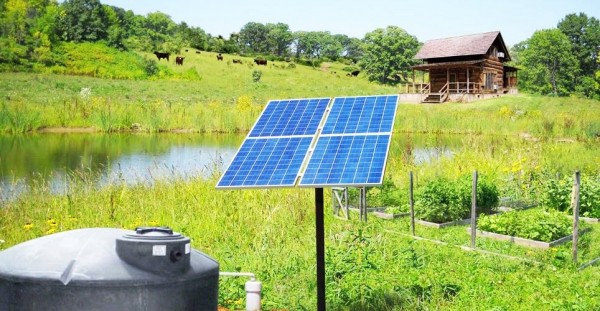
The components of solar water pump
There are two main components to a solar water pump system: solar arrays for collecting energy from the sun, and the mechanical pump for moving water.
Each solar setup starts with photovoltaic cells. They are what produce electricity from the solar radiation. A few photovoltaic cells make up a solar panel. These panels can be connected to create a solar array. Solar panel generate direct current (DC) as opposed to the alternating current (AC) that is used in the households. Therefore, there is a solar inverter in the solar water pump system. In short, the solar panels are the power supply for pumping water.
A pump is any device that uses an energy source to move fluids. Thus, a water pump is a tool that mechanically draws water from the source and deliver it to the target location. There are many types of solar water pumps.
The following are the main two types of them.
(1) Submersible solar pumps
They can lift up to 650 feet and are used when the water supply is deeper than 20 feet from the surface. Submersible solar pumps can operate directly off solar panels, solar batteries, or in some cases, an AC power source. Water is usually pumped during the day when the sun is shining and stored in a cistern or tank for use whenever needed it.
(2) Surface solar pumps
Surface solar pumps are suitable for applications with shallow wells, ponds, streams or storage tanks. They can work best if the water supply is 20 feet or less from the surface. While surface pumps generally can not lift water very high from a deep source, they are able to push water great distances, 200 feet or more.
The strengths and shortcomings of solar water pumps
The first strength of solar water pumps is that they are reliable in regional and remote areas. A perfect example of this is Africa, which is one of the poorest remote regions in the world with an abundance of water---but also the most dominant region when it comes to most days of sun in the year. Deploying solar water pumps in Africa is, the perfect alternative to any other fuel-based sources.
Solar water pumps are easy to transport and relocate because they can be used with or without batteries. Of course, no batteries mean lower costs. They can be organized as per the needs of the farm and have extremely low operating costs. Besides, solar water pumps have a wider range of application. They are compatible with cisterns and other gravity-fed systems that use collected rainwater.
Moreover, solar water pumps are sustainable and use renewable energy. They do not produce harmful pollutants which keep the air and soil on your farm clean. Compare this to fossil fuel pumps, they create a lot of pollution both with fumes into the air and spills of fuel into your soil.
Both of these are major advantages, paired with their cost-efficiency in the long run, show that a solar water pumping system is the perfect solution for regions with sunny days and plenty of water on their grounds.
However, one coin has two sides. Solar water pumps also have shortcomings.
We were just talking about how great solar panels are, but they do need sunlight to work. If you want to irrigate in the early morning or late evening, you may find there is not enough sunlight for your solar water pump to work. However, with a bit of planning you can reduce this disadvantage. Using a battery with your pump when the sun is not out is an option. However, batteries can be expensive and have very short lifetimes.
What’s more, the upfront cost of solar water pumps can be a barrier to some farmers, as you need to buy the water pump and solar panels at once. But still, in the long term, solar pumps are the cheapest option for irrigation.
The conclusion
Solar water pumps are energy efficient solutions for many off-grid watering applications. The technology is suited for a range of water needs but is optimized for systems with low flow. If you are thinking about installing the solar water pumps, the benefits are numerous. As interest in solar pumping systems increase, improvements on existing systems and design of new enhanced operations will advance this technology further.




















